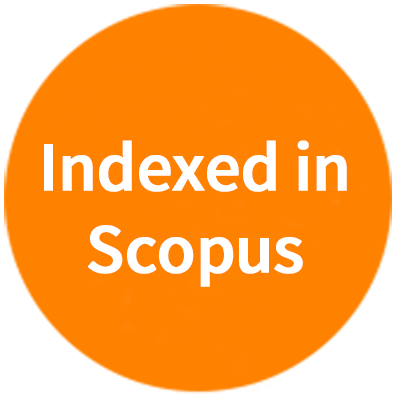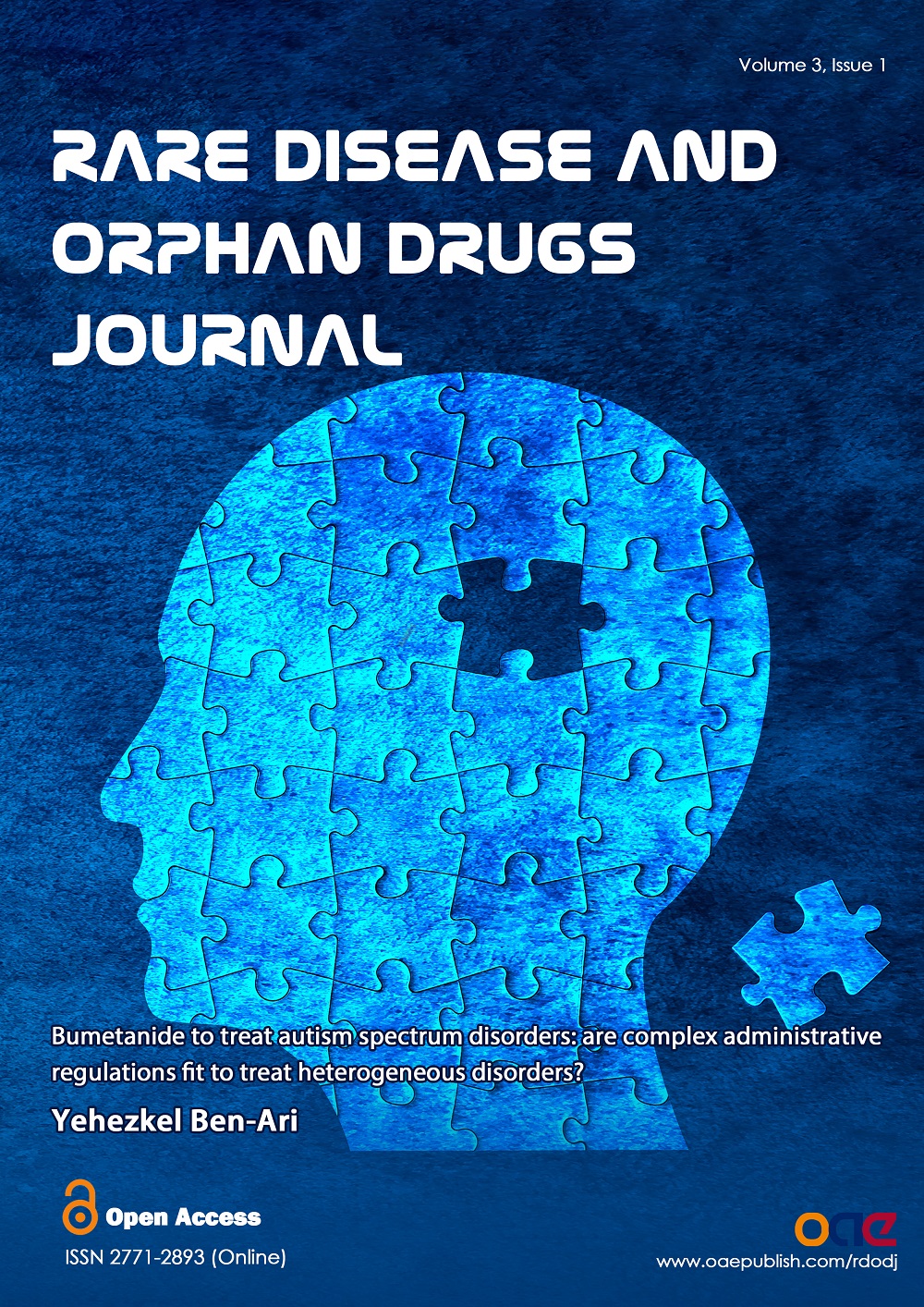Volume 3, Issue 1 (March, 2024) – 8 articles
Cover Picture: Extensive experimental observations suggest that the regulation of ion fluxes and notably chloride are impacted in Autism Spectrum Disorders (ASD) and other neurodevelopmental disorders. The specific NKCC1 cotransporter antagonist Bumetanide has been shown to attenuate electrical and behavioral features of ASD in experimental models. Both pilot and phase 2 double blind randomized independent trials have validated these effects with thousands of children treated successfully. Both brain imaging and eye tracking observations also validate these observations. Yet, final large phase 3 trials have failed, with no significant differences between placebo and treated children. Here, I discuss the possible reasons for these failures and discuss the exclusive reliance on complex PCT regulations. Indeed, available data suggest that bumetanide responders could be identified relying notably on EEG measures suggesting that biological sub-populations of patients might benefit from the treatment. These observations raise important debates on whether treating only a % of children with ASD is acceptable. Conclusion- it is likely that in many disorders, the heterogeneity of the pathological event precludes a single general treatment for all suggesting that trials centered on selective populations of responders might be essential for large clinical trials to succeed.
view this paper 








